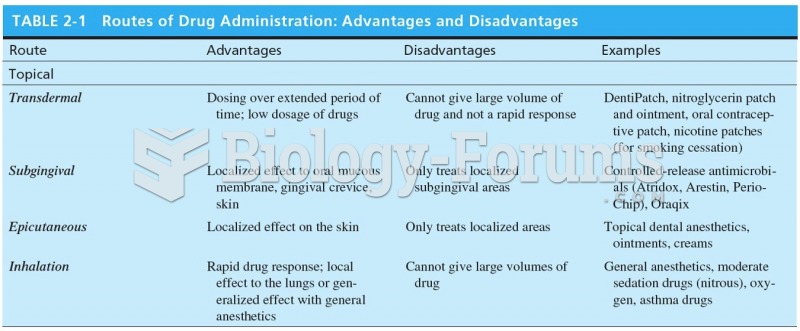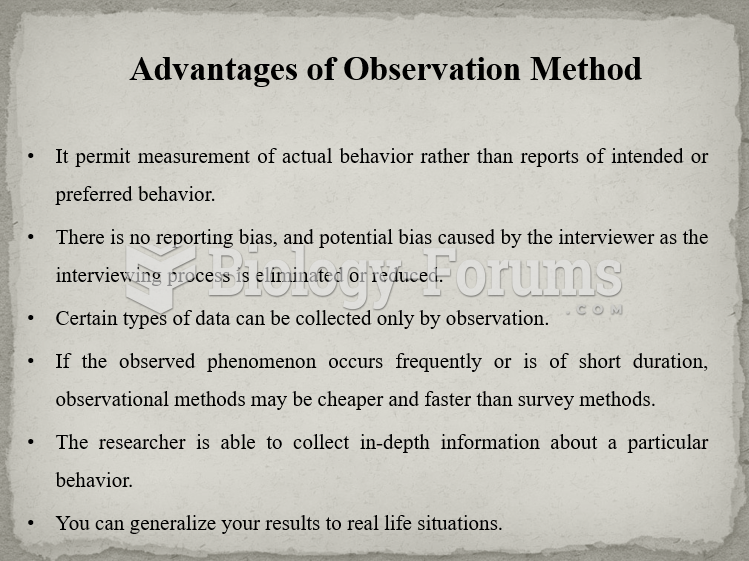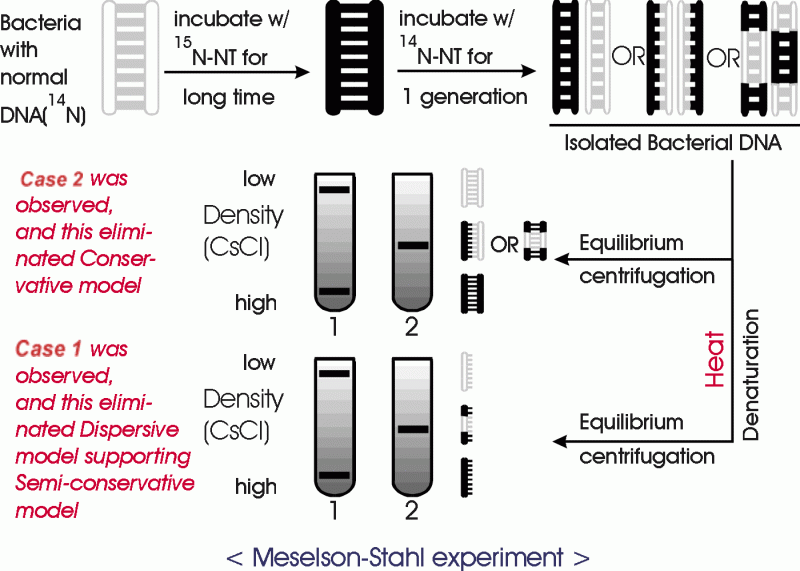Answer to Question 1Trade secret law has several key advantages over the use of patents and copyrights in protecting companies from losing control of their intellectual property, as summarized in the following list:
- There are no time limitations on the protection of trade secrets, as there are with patents and copyrights.
- There is no need to file an application, make disclosures to any person or agency, or disclose a trade secret to outsiders to gain protection. (After the USPTO issues a patent, competitors can obtain a detailed description of it.)
- Although patents can be ruled invalid by the courts, meaning that the affected inventions will no longer have patent protection, this risk does not exist for trade secrets.
- No filing or application fees are required to protect a trade secret.
Drawbacks of using trade secrets to protect intellectual property: the trade secret laws vary greatly from country to countrythe Philippines provides no legal protection for trade secrets and many Asian countries require foreign countries operating there to transfer rights to their technology to locally controlled enterprises. Trade secrets can be lost and employees are the greatest threat to the loss of company trade secrets, whether by accident or theft.
Answer to Question 2The introduction of Leahy-Smith America Invents Act (2011) and several cases of software patents have triggered change in the patenting of software over the years. In the 1981 Diamond v. Diehr case, the Supreme Court granted a patent to Diehr, who had developed a process control computer and sensors to monitor the temperature inside a rubber mold. The USPTO interpreted the courts reasoning to mean that just because an invention used software did not mean that the invention could not be patented. Based on this ruling, courts have slowly broadened the scope of protection for software-related inventions. As a result, during the 1980s and 1990s, the USPTO granted thousands of software-related patents per year.







